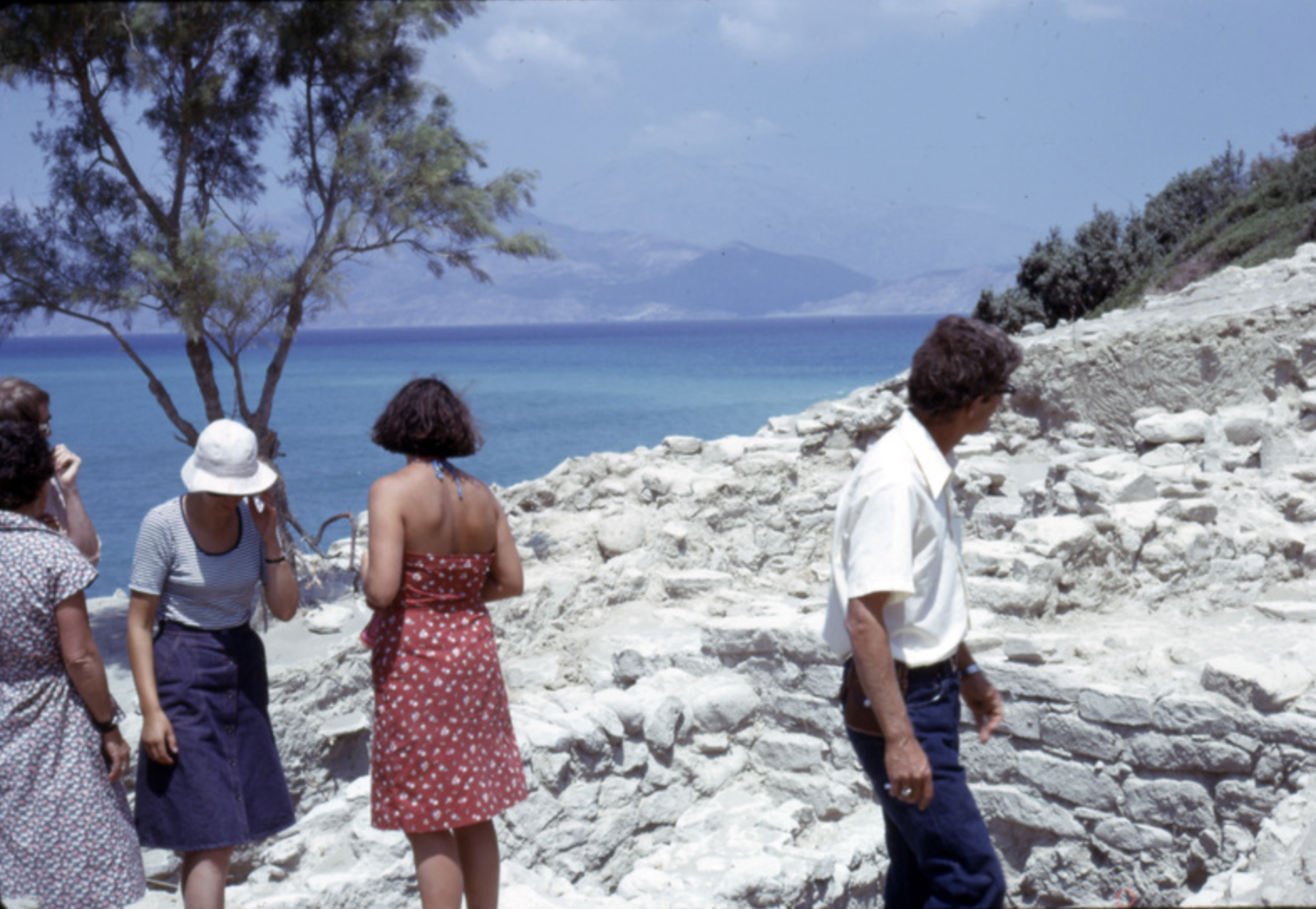
What Does the Sackett Collection Include?
The Sackett Collection includes a variety of 35 mm slides from excavations led by Dr. Leyland Hugh Sackett on the islands of Euboea and Crete, particularly those at Kommos, Lefkandi, and Palaiskrato. The slides also include some of Dr. Sackett’s own photos from vacations in Greece and research trips with colleagues and friends. The collection holds over 200 slides spanning the years 1950 to 1980, and, as a whole, it chronicles important finds, images of artifacts sourced from these digs, and noteworthy archaeological sites. However, the slides also include captured moments of real-life interactions between the archaeological team members participating in these excavations, from casual dinners to sight-seeing adventures along the way. A few of the team members who contributed to these various excavations included the team leader of the project at Kommos, Joseph Shaw, and his wife Maria Shaw, pictured in slides 45 and 49, and Hugh Sackett himself, among others.
How did Rhodes College Come to Possess these Slides?
Sadly, Hugh Sackett passed away early in 2020 after a lengthy battle with an illness. Dr. Andy Reyes with the Groton School in Massachusetts, where Sackett taught for over 63 years, contacted Mr. Bill Short, the Assistant Director of the Barrett Library here at Rhodes College. Dr. Reyes was an advisor of Dr. Sackett’s during his time at Groton School, graduating from there in the year 1980. He later went on to become a member of the faculty at Groton School himself as an established classicist. Dr. Sackett and Dr. Reyes continued to work on various projects together over the next four decades including research at Oxford University. After Dr. Sackett’s death, Dr. Reyes sent along the information to the faculty at Rhodes College that Dr. Sackett and Dr. Scudder had kept a collection of Kodachrome slides from their excavations at Euboea and in Crete in the library at Groton School. He further inquired to see if Rhodes’ faculty or students could find a new purpose for them. Dr. Sackett had previously used these slides to instruct his students and would have wanted the collection to have a renewed life in a prestigious academic setting. Dr. Reyes hoped that the slides could have a significant impact on and provide valuable research opportunities for students interested in the field because of the way that Hugh Sackett so profoundly.
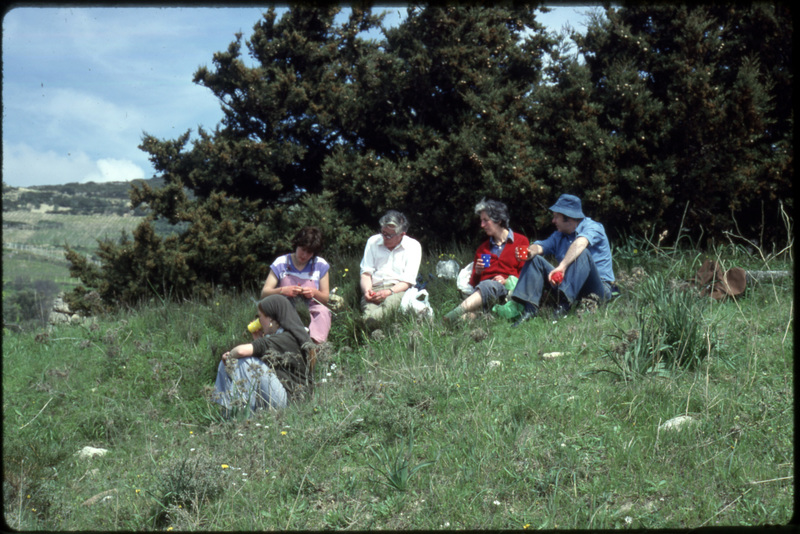
The Sackett Collection includes not only important finds and archaeological sites but provides a glimpse into the real-life interactions between the team members.
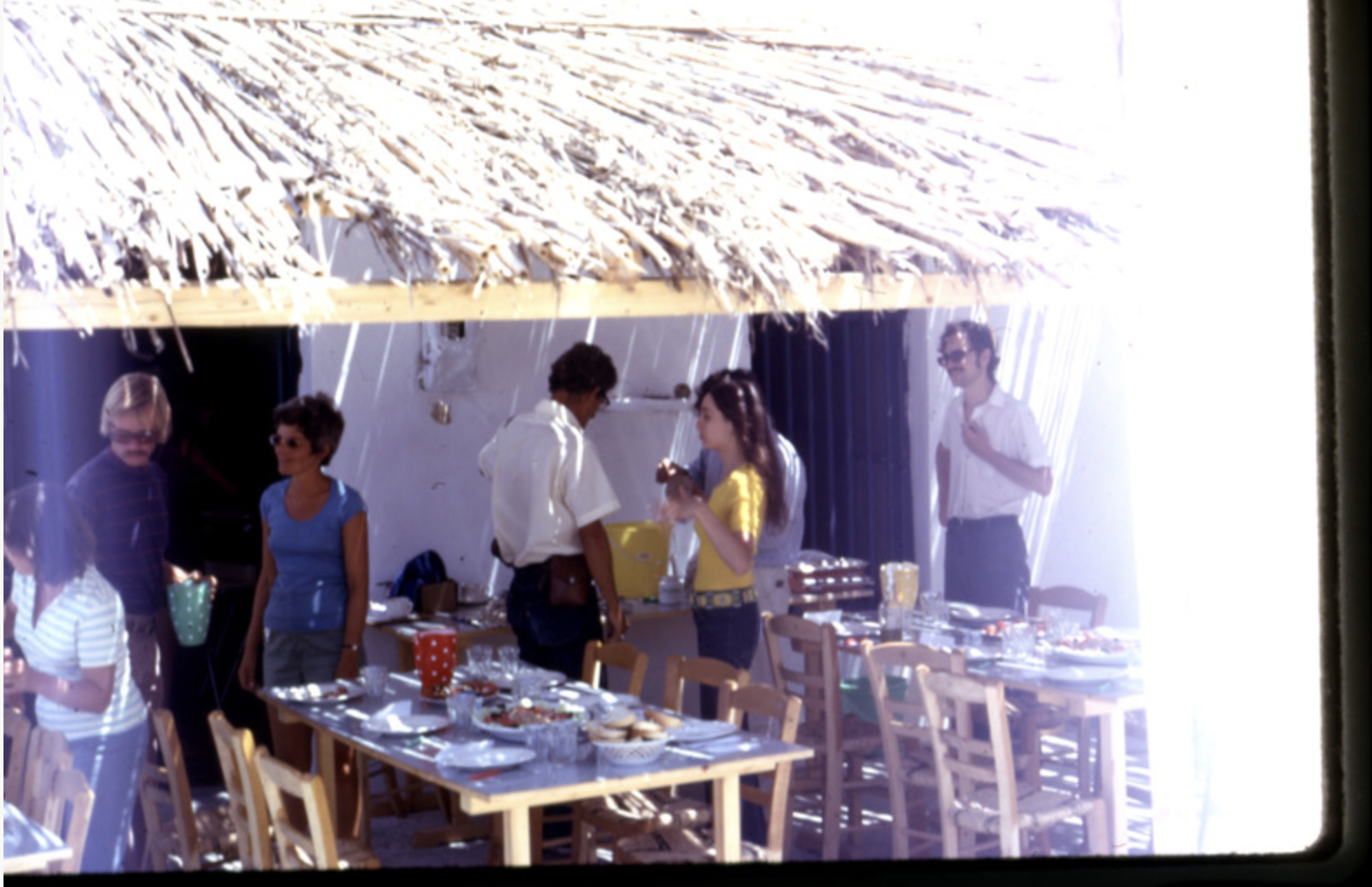
Dr. Sackett was deeply involved with this excavation, but it is unclear whether he is pictured. Joseph Shaw, the director of the Kommos excavation, is visible in the center of the image, partially turned from the camera. The work done at Kommos is vital to our understanding of Minoan culture and it is credited with being the Shaws’ most important work.
Contributions from the Site at Kommos:
The excavations spearheaded by Joe and Maria Shaw at the Kommos archaeological site on southern Crete were done with the support of Hugh Sackett. The projects revealed the entire Minoan town of Kommos which was connected to the nearby palace of Phaistos. Strikingly, some of the buildings had been constructed atop earlier structures (Shaw, 1978). Above are photos of the rooms unearthed during these excavations. Vessels uncovered at the site revealed Kommos to be a booming epicenter for trade in the Ancient Mediterranean by providing evidence for imports and foreign influence, particularly Egypt (Shaw, 1993).
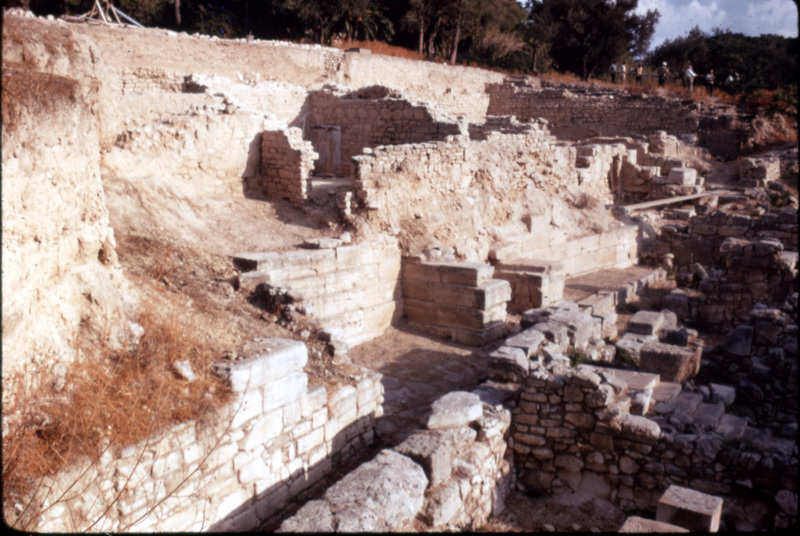
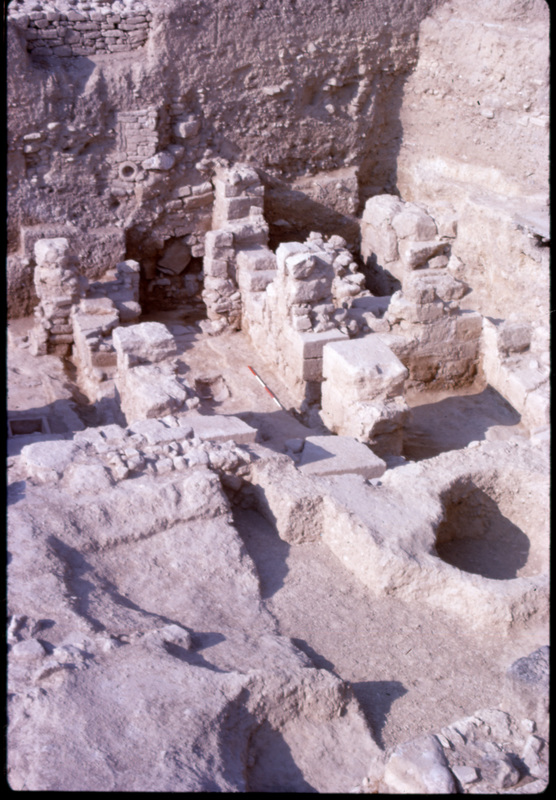
Plan of Palaikastro
Palaikastro was once a small village at the Eastern end of the island of Crete, located at the base of Mount Petsaphos (MacGillivray, Sackett, 1984). Dr. Sackett was involved in several excavations at Palaikastro from 1963 and beyond; however, the peak sanctuary overlooking the site was excavated before his team was formed in 1906. Still, the team that Sackett worked with made several significant contributions to the information gleaned from Palaikastro and it is among his best-known work. The team’s purpose in returning to the site in the 1960s was two-fold. First, they hoped to conduct stratigraphical trials to create a more comprehensive and complete chronology of the dates Palaikastro was occupied. Second, they aimed to rehabilitate the area in partnership with the Greek Archaeological Service (Sackett, 1965).
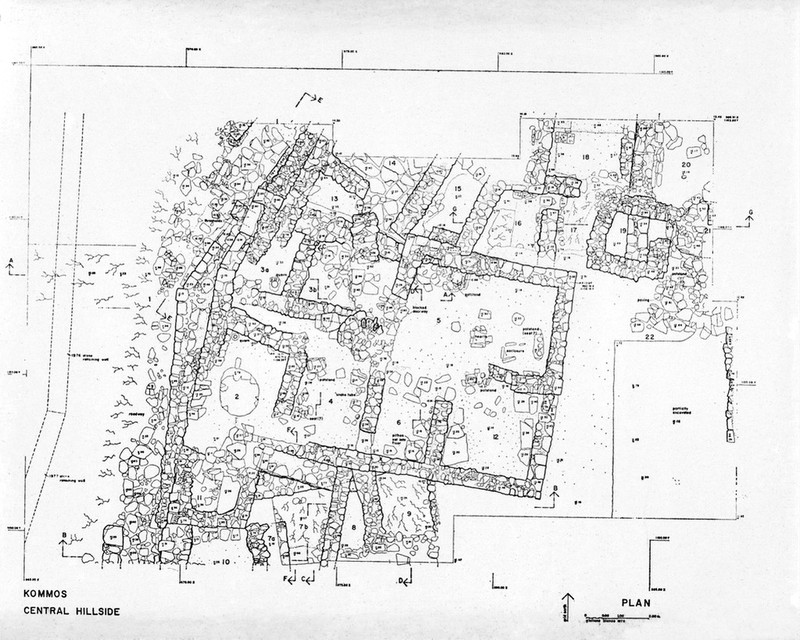
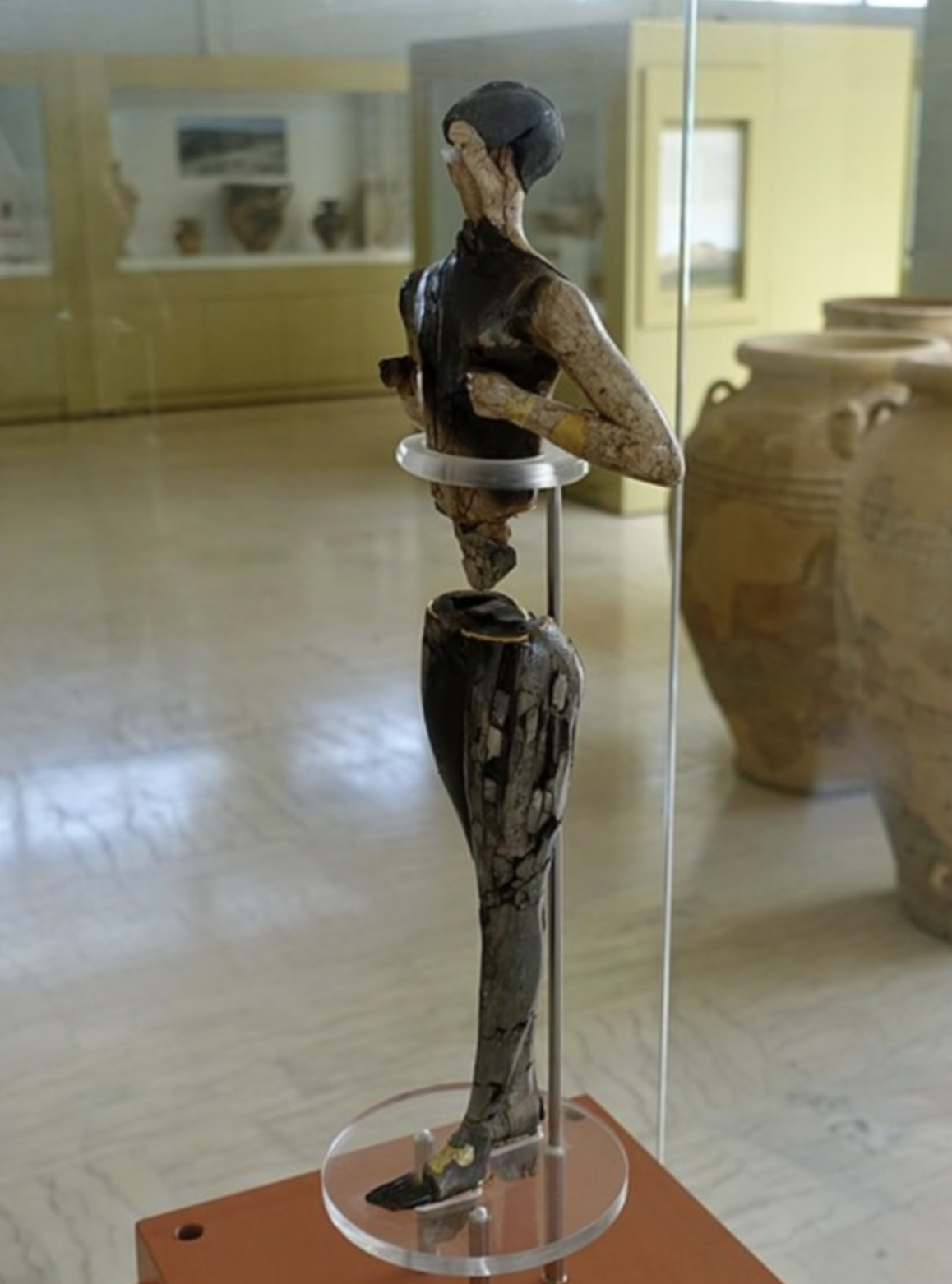
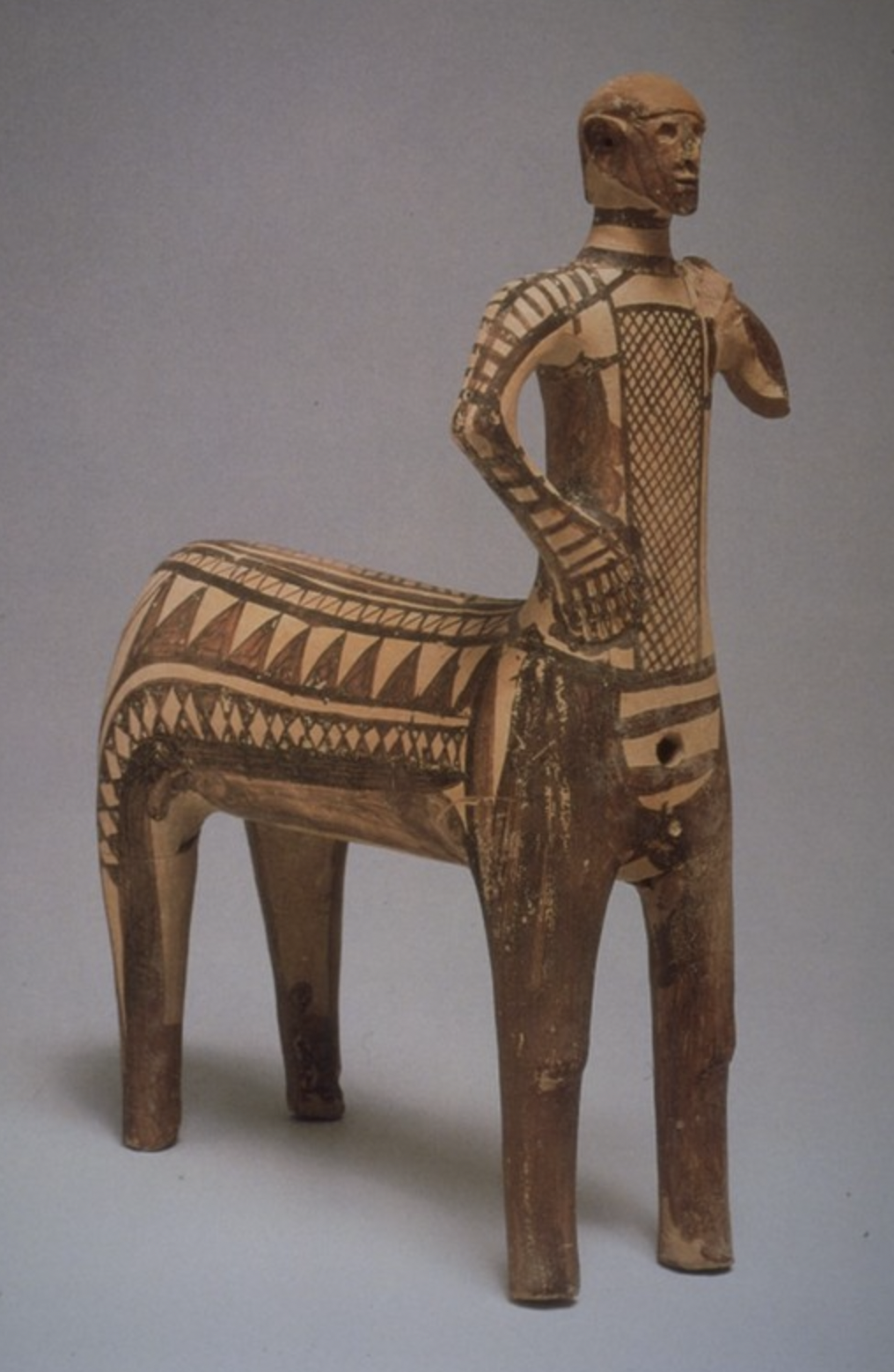
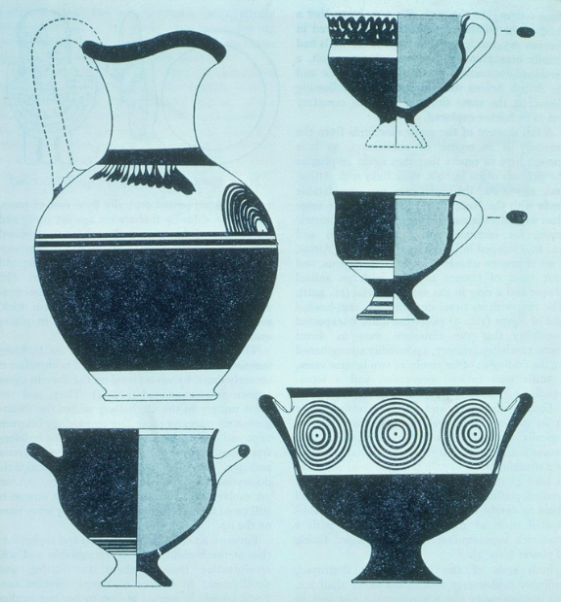
Pottery Renderings from Lefkandi
The excavations led by Hugh Sackett at Lefkandi provided crucial information about trade in this region. Imported semi-fine pottery, analyzed during the projects in the early 1980s, revealed Lefkandi’s interactions with Thessaly, Macedonia, and Attica, for certain. The excavations led to the understanding that Lefkandi played a vital role in the Ancient Mediterranean world where previously little was known. One artifact that has become a hallmark of the period is the Centaur from Lefkandi, discovered by Sackett’s team. Some may refer to the years of 800-1100 BC as the “Dark Ages”, but thanks to Hugh Sackett and his crew members, we now know that Lefkandi was a bustling center for trade (Popham, 1993).
* A special thank-you to Mr. Bill Short, Assistant Director of the Rhodes College Barrett Library and Dr. Andy Reyes for their information and input on this topic.
Elizabeth Griffin '23